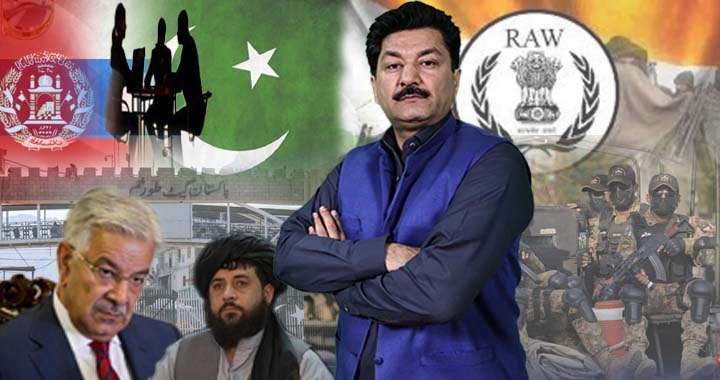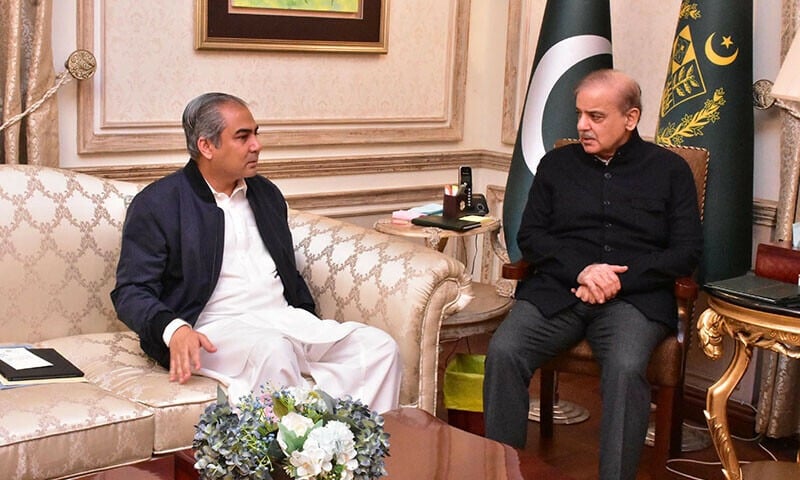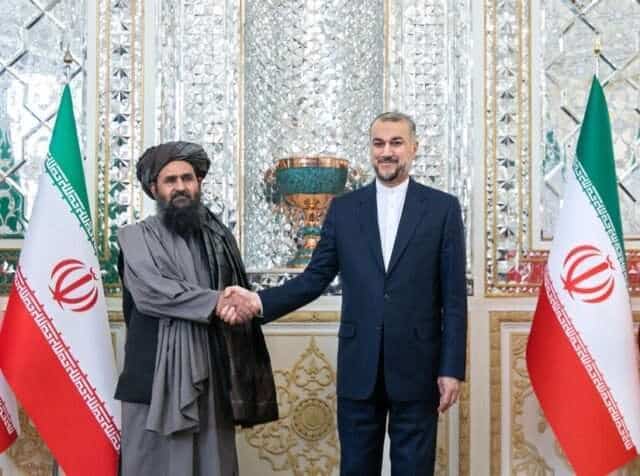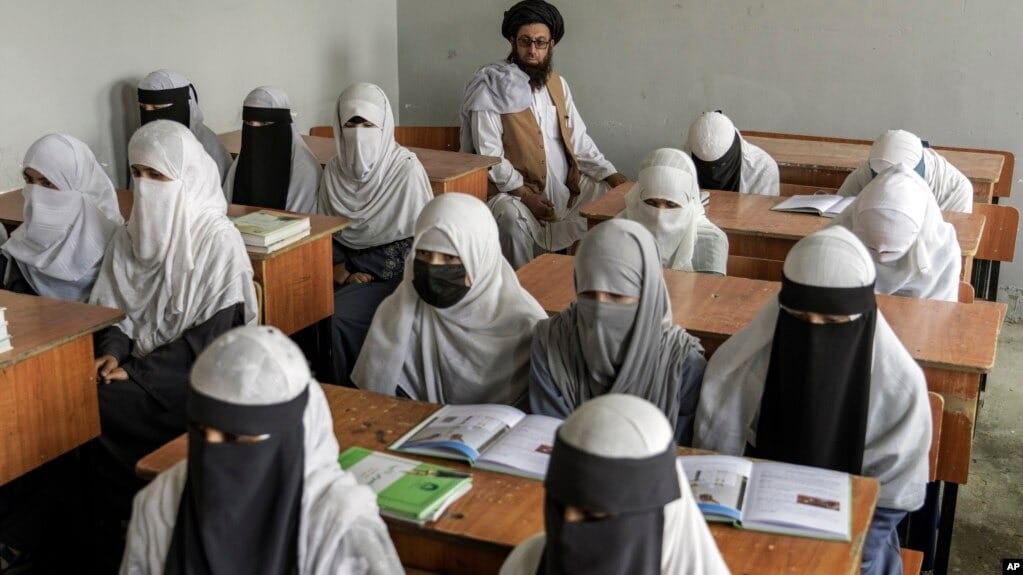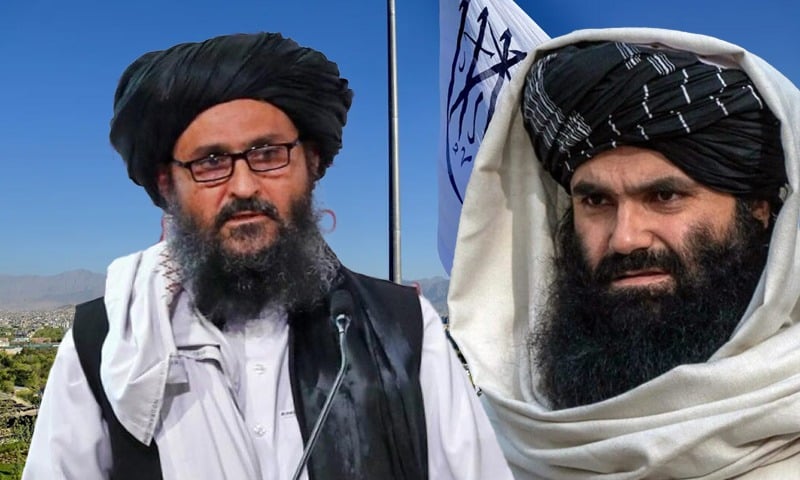Pakistan’s current policy priority is unambiguous, peace must come first, and only then can trade resume. After the incidents of 11 and 12 October, Pakistan closed all border points with Afghanistan, drawing a clear line that without security stability, and without an end to cross border infiltration and attacks, normalisation is impossible. As long as militant organisations continue operating from across the border and peace remains elusive, border closures and strict measures become unavoidable.
Torkham, Kharlachi, Ghulam Khan, Chaman and Angoor Adda have all been closed. Afghan transit trade has also been suspended. The reaction from across the border has been sharp and driven by pressure tactics. When two sides approach negotiations, both attempt to shape conditions that strengthen their own position at the table. The Afghan side has now issued a three month deadline instructing Afghan traders to wind up their businesses in Pakistan, particularly targeting pharmaceutical trade by alleging that Pakistani medicines lack efficacy. This is not limited to medicines. Agriculture and horticulture based trade has also been disrupted. Pakistani vegetables and fruits had a stable Afghan market, and Afghan produce relied heavily on the Pakistani market. Neither side can easily replace these routes. Afghanistan cannot export perishable goods to Central Asia from its distant provinces. Pakistani traders also depended on Afghanistan.
Afghan transit trade, being the right of a landlocked country, naturally depends on the shortest and most efficient route, which is through Pakistan’s ports, including Karachi’s Port Qasim. The deterioration began in October following air strikes in Afghanistan, including in Kabul. Afghan forces responded. Pakistan replied. Then came a ceasefire, followed by negotiations in Doha and two rounds in Istanbul. As dialogue progressed, some groups inside Afghanistan that previously criticised Taliban policies began publicly supporting them. This was seen as an attempt to project domestic acceptance. The recent order to Afghan traders to shut down their businesses, however, damaged even whatever limited trade prospects remained.
The economic loss from border closure is mutual. Afghan traders know Pakistan has no real alternative. Iran’s ports, such as Chabahar or Bandar Abbas, face international restrictions and logistical hurdles. Goods flowing from Afghanistan to Pakistan do not necessarily have demand in Central Asia. Most Afghan business centres are much closer to Pakistan. This is why a new round of negotiations remains likely. There are elements within the Afghan Taliban who understand the necessity of stable Pakistan Afghanistan ties, acknowledging that this stability benefits both sides.
Amid this environment, friendly countries like Russia and Iran have stepped in. China is observing the situation anxiously, because plans linked to CPEC Two and Afghanistan’s possible inclusion cannot progress under present tensions. Russia and Iran also recognise that prolonged hostility between Pakistan and Afghanistan would create opportunities for external powers to exploit the situation. Both countries want to prevent further interventionist openings for actors like the United States, especially amid renewed geopolitical manoeuvring. Russia has already expressed consistently that the Afghan Taliban are a reality and must be engaged with. It was the first country to formally accept the Taliban interim government. Diplomatic ties and formal recognition are two separate matters, and even a country willing to recognise Kabul will consider how Afghan Taliban policies impact neighbouring states like Pakistan before moving ahead.
Pakistan’s position remains firm. Border closure will continue because Pakistan has clearly stated that peace must precede trade. The internal pressure on leadership on both sides will increase as time passes. Pakistan has not responded to recent Afghan based attacks in the manner it could have. The ceasefire agreement signed in Doha is being honoured with zero violations from Pakistan’s side, despite attacks in Islamabad, Wana Cadet College, Bajaur, Dera Ismail Khan and Waziristan. Some Afghan citizens were found involved in these attacks or other incidents based on intelligence. Pakistan has already conveyed that if Afghan nationals are involved in another major attack, Pakistan will exercise its option to conduct strikes inside Afghanistan, as it has done previously in Khost, Paktia, Paktika and Nangarhar.
Pakistan has not yet taken that step because it wants to give space for diplomacy. There are complaints from Afghanistan about drone flights in Afghan airspace. They do not specify the origins of these drones. Pakistan maintains full surveillance of areas where it suspects the presence of Pakistani militants on both sides of the border and retains the right to retaliate at any time. The confrontation escalated after reports of a strike in Kabul allegedly targeting Noor Wali Mehsud, the TTP chief. Following that incident, Afghanistan accused Pakistan of violating its airspace. Pakistan has clarified repeatedly that it will pursue wanted militants wherever they are found.
Whether the ceasefire will break or not if Pakistan responds militarily is a question that will depend on developments. The Istanbul dialogue mentioned that any party violating the ceasefire would face penalties, although the nature of those penalties was never made public.
In Pakistan, TTP and associated organisations have lost local support. Their narrative has no buyers. There was a time, particularly in Swat, Malakand and tribal districts, when people were misguided enough to donate money and valuables. Women gave jewellery in mosques. Their public support collapsed when they began attacking public places. Noor Wali Mehsud temporarily shifted strategy, halting attacks on public areas and focusing on security personnel. Target killings increased. Kidnappings rose. Attempts were made to build sympathy by exploiting nationalist grievances in Balochistan and Khyber Pakhtunkhwa.
People have rejected this. They are tired of roadblocks and daily disruptions. When militants kill or kidnap security officials, public resentment grows. Communities have now taken up arms. The people of Bannu and Lakki Marwat recently joined police and CTD in an operation that killed several militants. The same is happening in Bajaur, Mohmand and Khyber. Civilian resistance is rising.
As local support diminished, many attackers now turn out to be Afghan nationals. Some question how their identities are confirmed. However, the evidence has been shared repeatedly with Afghan leadership, including call recordings, group movements and drone footage showing militants breaching border fences and crossing into Pakistan. Inside Afghanistan, there are two competing views within the Taliban. One favours breaking ties with the TTP, the other insists on maintaining the relationship. To pressure the first group, Afghan militants have joined Pakistani outfits and suggested that if pressured, they will join Daesh Khurasan and become a greater threat. They argue that they are sufficient in number and do not need to join any other organisation.
Pakistan’s concern is mirrored within Afghanistan because both face the same challenge, the TTP and related groups. These organisations receive systematic funding and salaries. Proxies and foreign agencies operate in this space. Regional adversaries, including India and Israel’s Mossad, will not sit quietly. Given the geopolitical environment, especially after the events of May 2025, India will rely on proxies and Afghan territory to undermine Pakistan. This is why Afghan leadership is repeatedly urged to reconsider its approach. They are reminded of the broader regional dynamics and the nature of Pakistan India relations.
During the negotiations in Qatar and Turkey, it was emphasised repeatedly that Pakistan’s case is genuine. Evidence and video footage were presented showing groups of militants cutting fences, crossing the border and moving in organised formations. These proofs are undeniable. If stubbornness persists despite all this, the border will remain closed and peace will continue to face uncertainty. The situation demands seriousness, clarity and responsibility. Peace is still possible, but only if evidence is acknowledged, commitments are honoured and both sides recognise that prolonged friction serves only those external actors waiting for instability to deepen.

